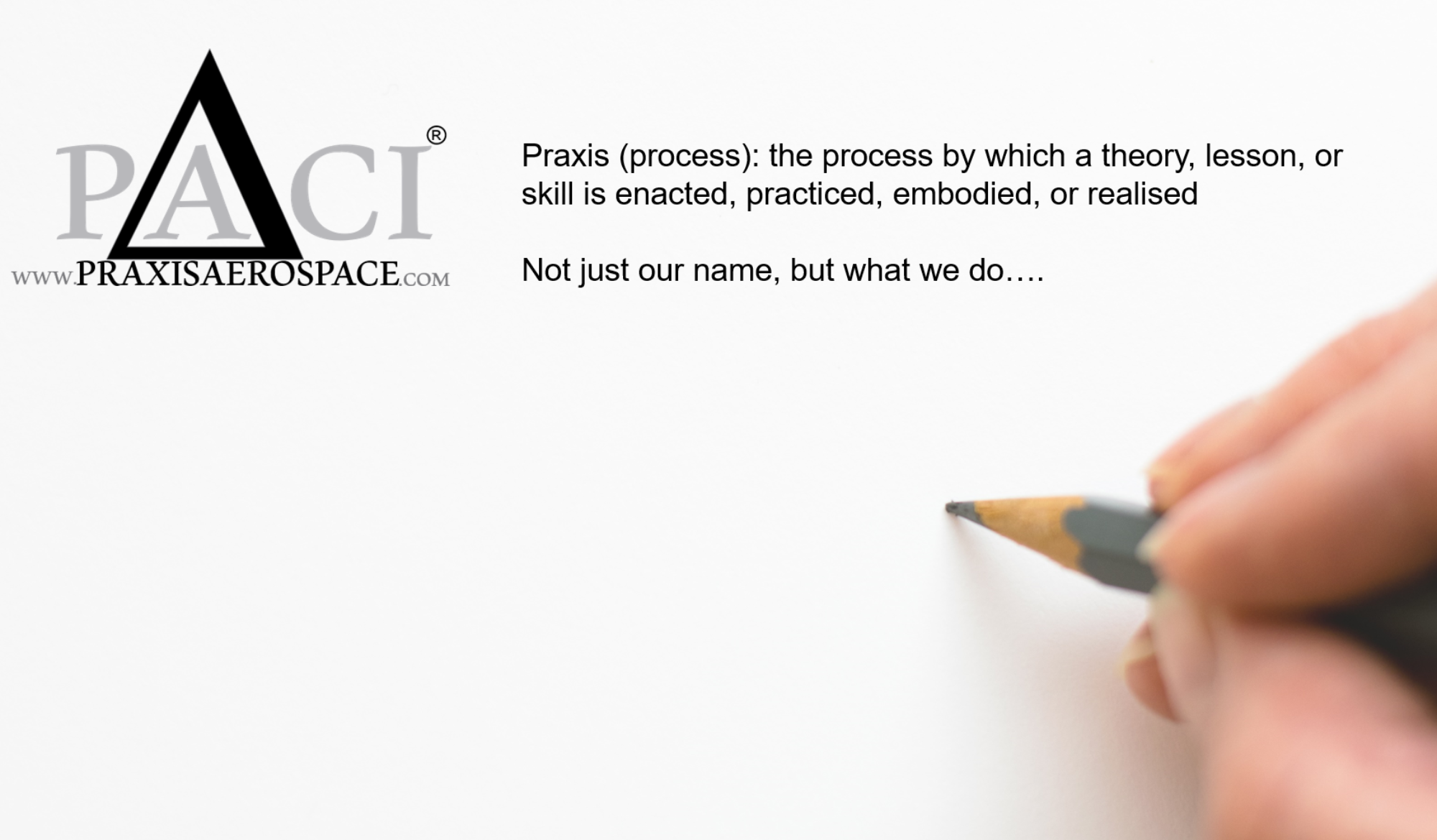Praxis Aerospace Concepts Incorporated (PACInc) is pleased to announce a proposal to turn Cashman Center into a hub for drone and technology research won first prize Wednesday in a federally sponsored contest aimed at community revitalization.
The plan, which would involve redesigning and enlarging the convention center and its grounds to turn it into a research center, earned $500,000 in federal grant money through the Strong Cities, Strong Communities (SC2) Challenge implemented in 2011. Las Vegas was one of three cities selected through a national competition for the grant funding, along with Greensboro, N.C., and Hartford, Conn.

The winning team — project developers Building a Better Las Vegas — was awarded the prize at Wednesday’s Las Vegas City Council meeting. Competing under the name, the developers topped a field of six finalists and 17 semifinalists. Other proposals included a Latin cultural center and a boxing hall of fame.
Build a Better Las Vegas’ plan calls for establishing a fly zone for drone testing, a canopied area that would cover what is now the baseball field at the 31-acre complex, as well as new spaces for offices and a new corridor that would include the existing Neon Museum, a space and science museum and relocation of the natural history museum. Cashman would become the Unmanned Aerial Robotics Resource Center under the proposal.

PACI provides the Building A Better Las Vegas with technical management of the UARRC and consulting in the field of unmanned aircraft systems design.
Transforming Cashman would cost $150 million and would take 20 years of construction in multiple phases, Russell said. The city now has ownership of the proposal, and federal economic development funds are available to help pay the costs of construction should city officials move forward on it. Build a Better Las Vegas is under no obligation in how to spend its prize money.
Read more about it from the Las Vegas Sun article here.

Locally owned and independent since 1950; Winner of the Pulitzer Prize for Public Service, best news website in the nation & DuPont Award for broadcast journalism.


